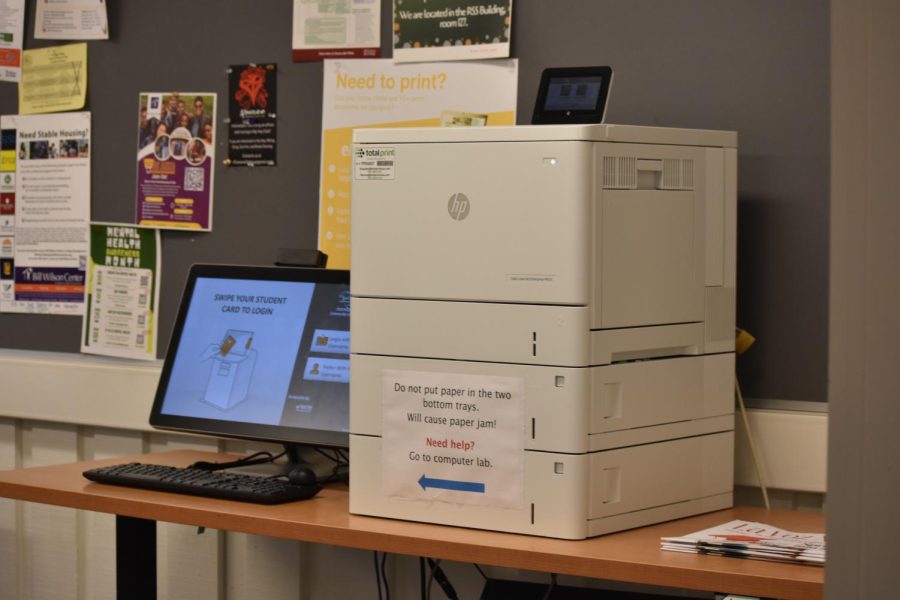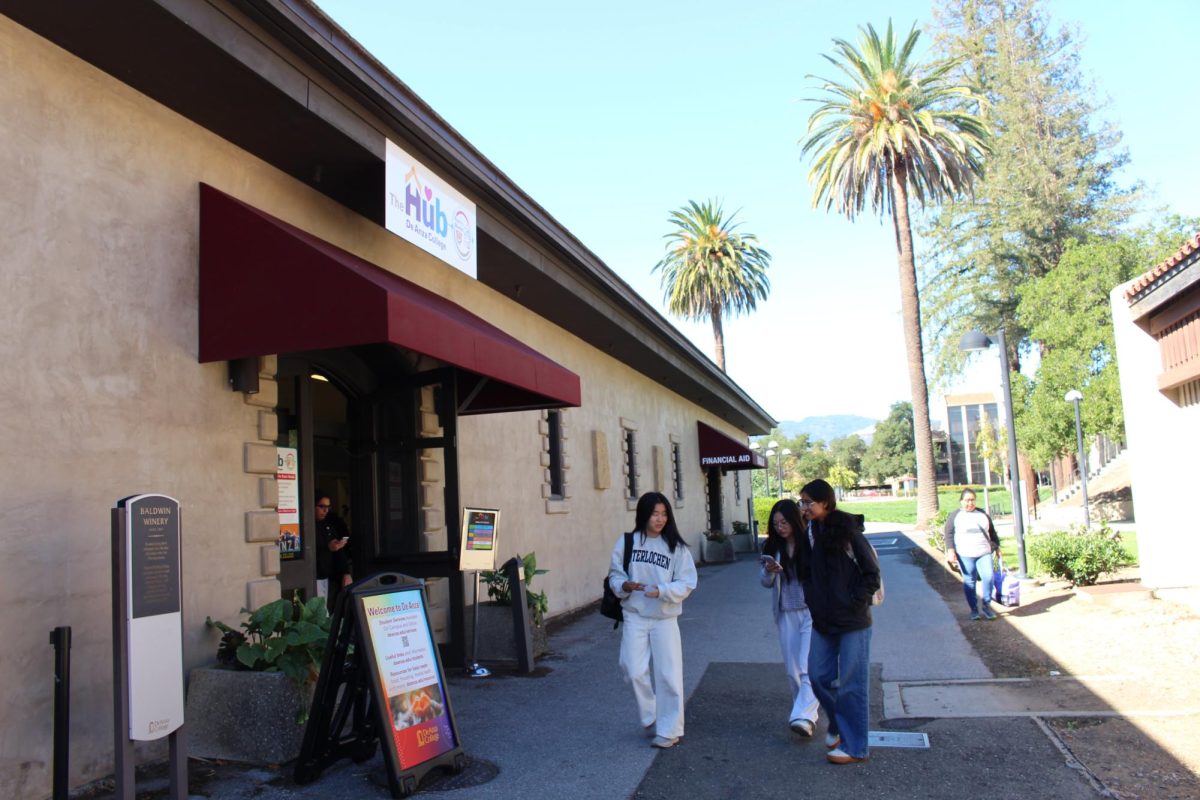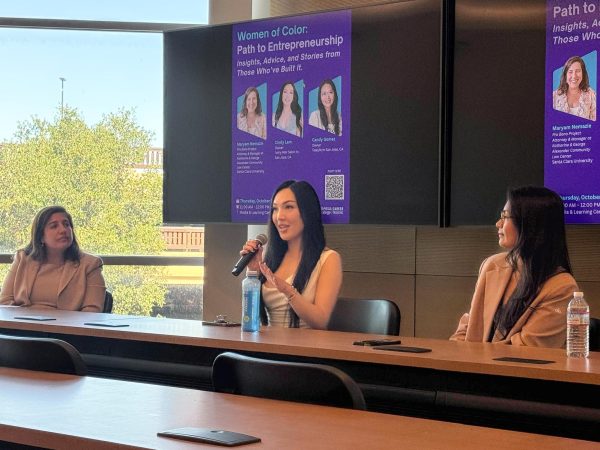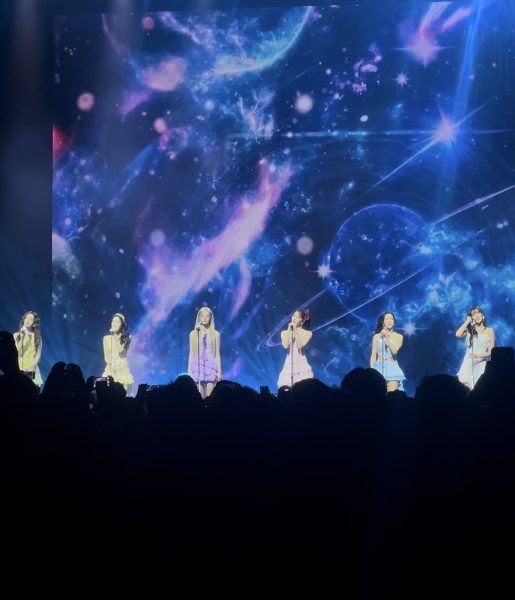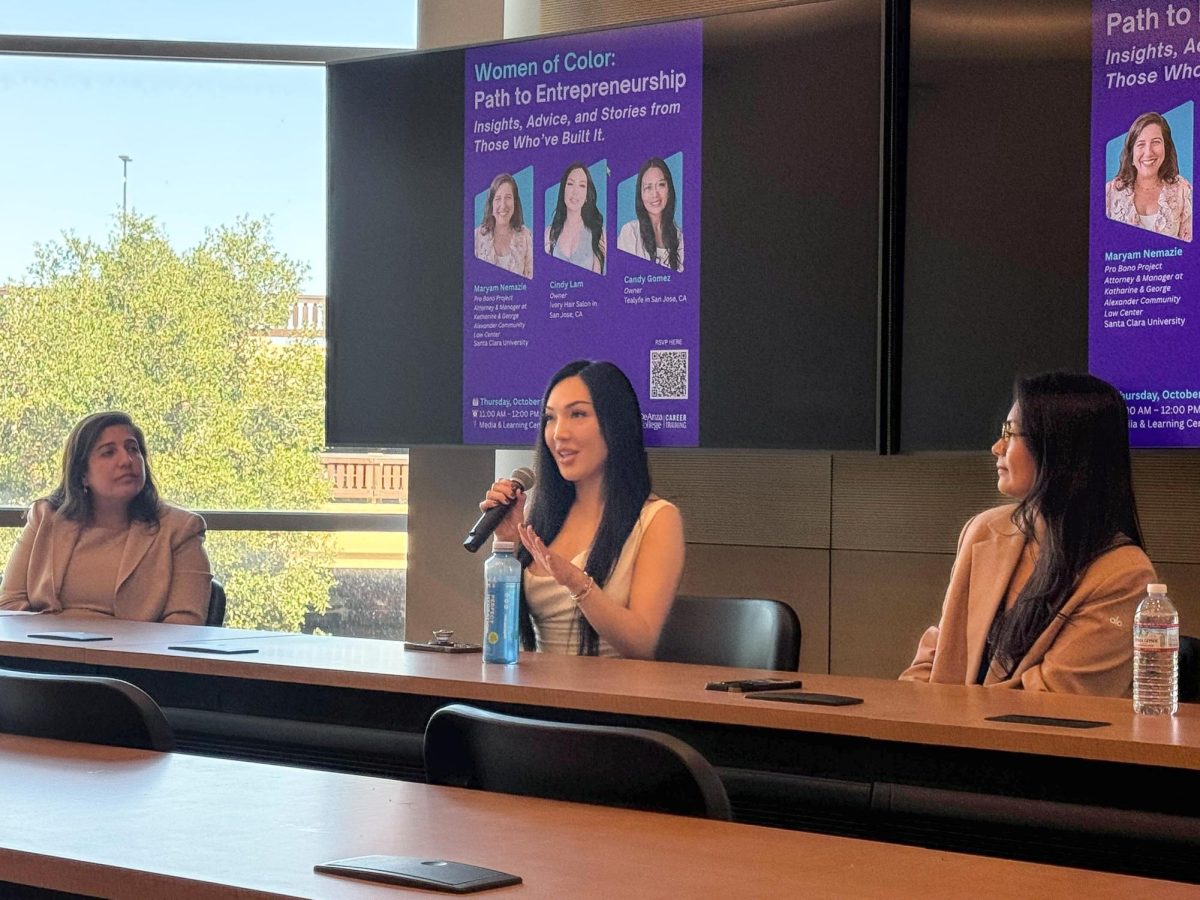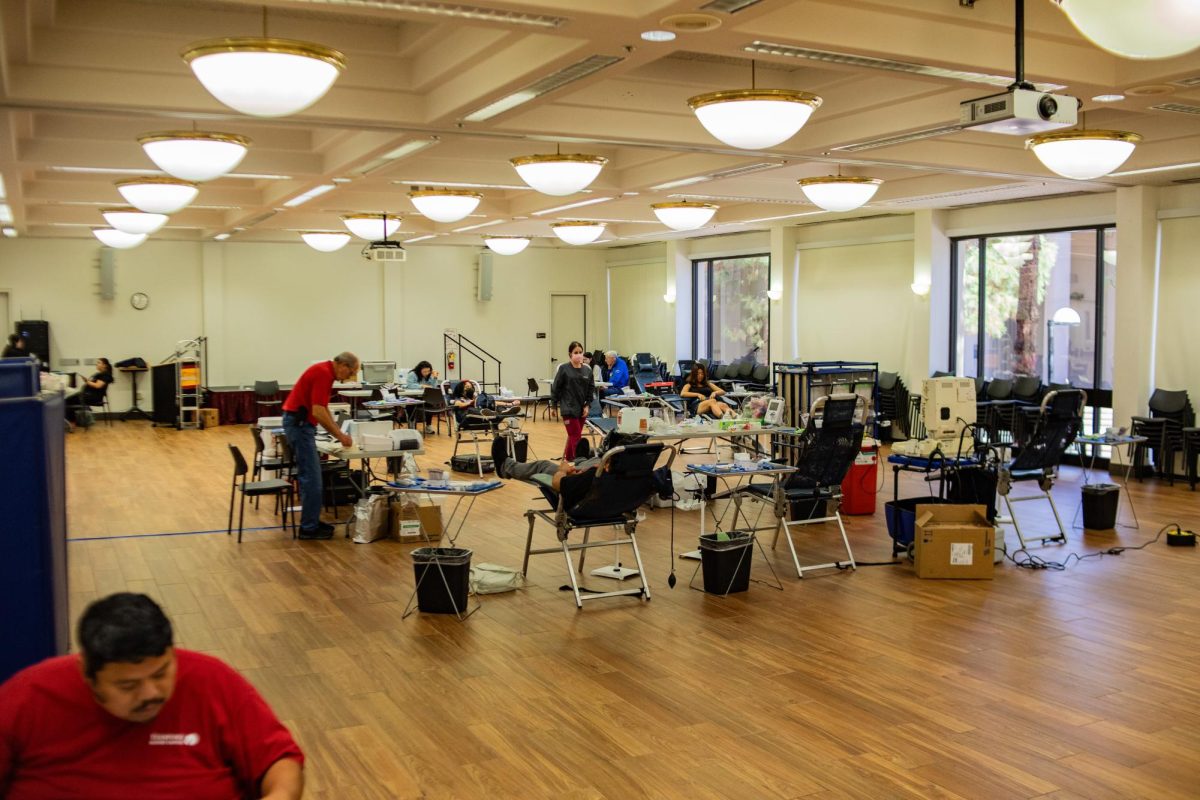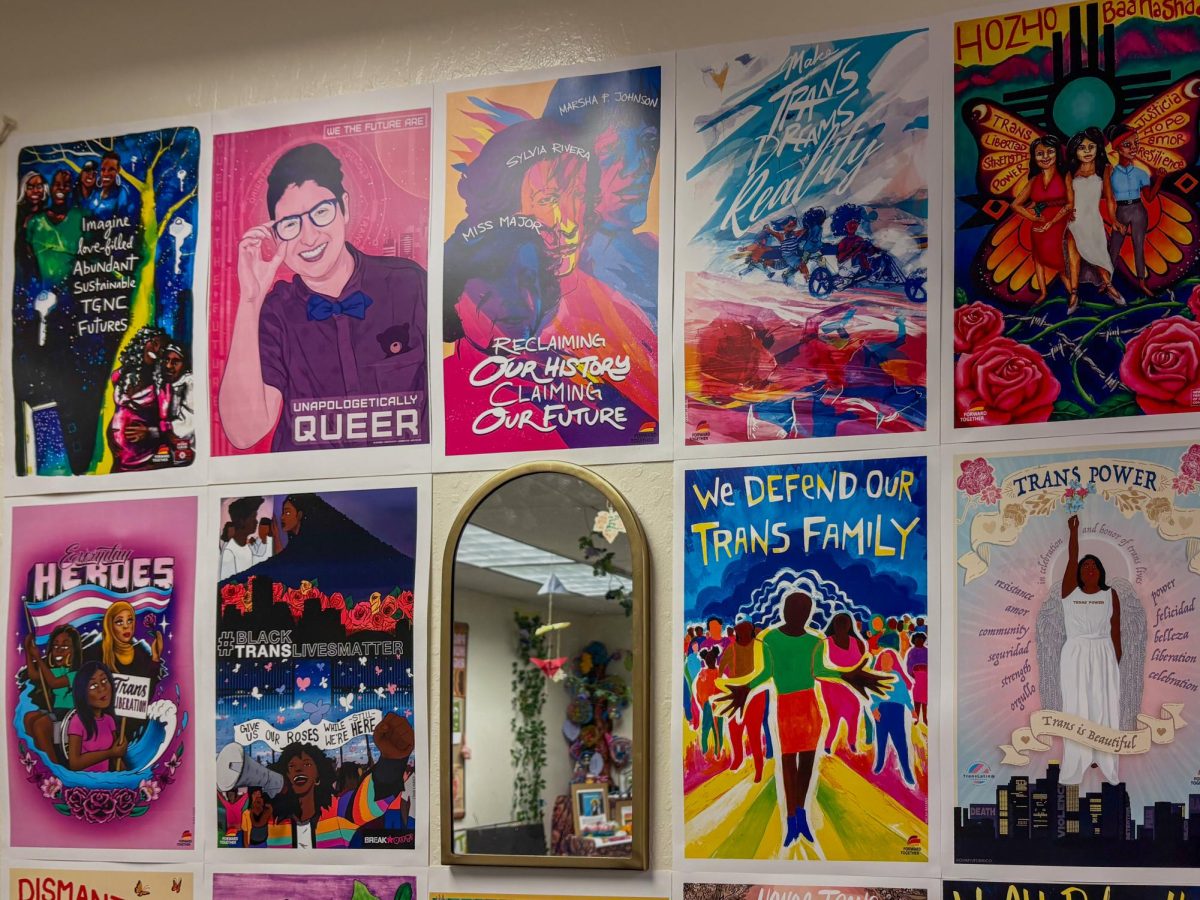Double-sided printing should be cheaper
One of De Anza’s public printing stations found in the A. Robert DeHart Library on June 20. The campus’ printing prices at all 10 stations cost the same amount to print one double-sided page as it does two single-sided pages.
July 2, 2023
De Anza’s public printing services are an excellent resource for students, staff and the community, but not so much for one’s coin purse or the environment.
To fund their operations, the 10 printing stations scattered throughout campus charge a 15 cents fee per black and white page and 40 cents fee per colored page.
One quirk about this pricing scheme is that it costs the same amount to print one double-sided page as it does two single-sided pages, even though it uses half as much paper. I always found this strange when using the public printers.
I believe that making double-sided printing slightly cheaper than printing two separate pages would be beneficial in both lowering costs and conserving resources for students and the campus.
Public printers across FHDA employ a program called ePRINTit to manage file transfer and payment, providing a fast and convenient solution for our high-tech campus. According to a 2020 case study from ePRINTit, FHDA was the first higher education institution in North America to implement the system, and it was instrumental in developing the program’s features and user interface.
One of the district’s main objectives for the program was to further reduce its carbon footprint, according to former FHDA Vice Chancellor of Technology Joseph Moreau.
“As one of the very first colleges in America to move student print and paid printing infrastructure to the cloud, we wanted a secure service that would eliminate print servers, manage student payments directly without payment devices and provide us with a pay for use solution,” Moreau said. “We wanted mobile printing, along with secure authentication. We also wanted students to reduce their printing needs, supporting our environmental sustainability goals.”
Since ePRINTit is a cloud-based program, it will not be extremely difficult nor time consuming to implement this change across the system, because of its centralized nature. Also, single-sided and double-sided pages are already listed in the program as two separate price categories even though the prices are exactly the same, so it won’t warrant drastic reprogramming.
Lowering the price of double-sided printing will make it even more sustainable. Individuals will be incentivized to use less paper by printing on both sides of a page which will cut down on paper usage, save students and staff the inconvenience of refilling empty printers and reduce costs for the public.
Although it is a small change, this solution can bring scalable impacts in De Anza and FHDA’s environmental sustainability goals and on an individual level by encouraging people to save paper.



